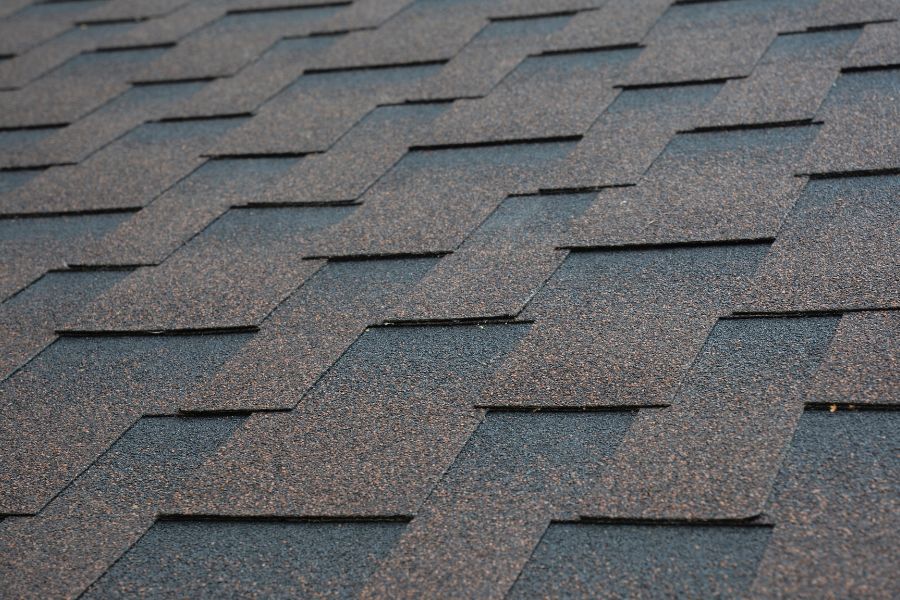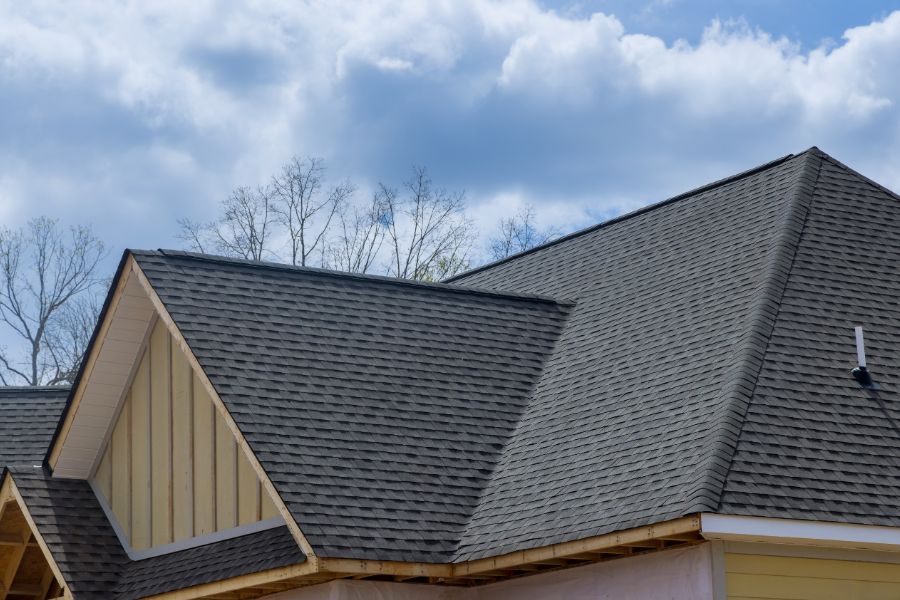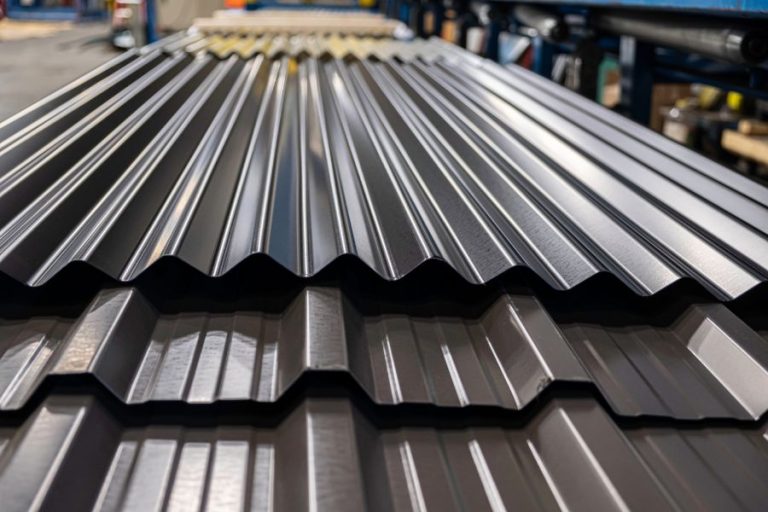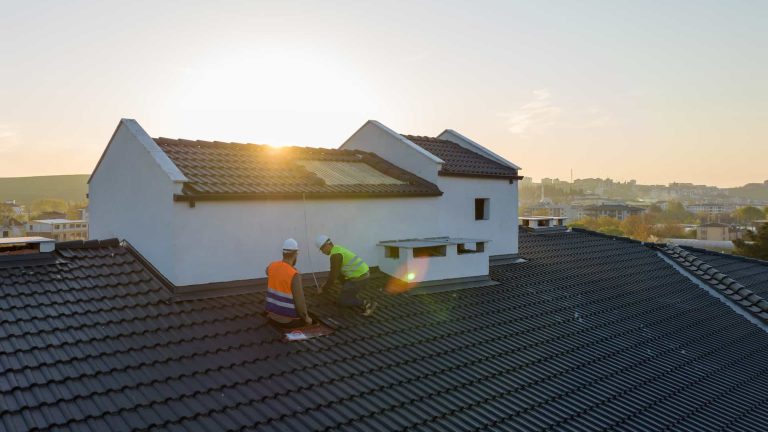Debunking Common Myths About Roofing: What Homeowners Need to Know
You might be misled by common roofing myths, so let’s clarify a few things. Regular roof inspections are vital to identify early signs of damage and maintain longevity. Over-insulating your roof isn’t ideal, it can decrease energy efficiency and raise bills. Your roof greatly impacts your home’s value and market appeal, and don’t underestimate the role of your gutters; they’re key to proper drainage and roof preservation. DIY repairs can often lead to more issues and even safety risks. Continue on for even more myth-busting insight that’ll provide clarity for your roofing woes.
Myth 1: Roof Inspections Aren’t Necessary
Contrary to popular belief, regular roof inspections are absolutely essential. They play an important role in identifying signs of damage early, reducing the risk of costly repairs down the line. You might think you’re saving time or money by skipping them, but it’s quite the opposite. The long-term savings you’ll see from frequent check-ups can be significant.
Benefits of maintenance include extended roof longevity and prevention of potential hazards. Don’t wait until a leak or major issue appears; professional recommendations advise inspections at least once a year. By doing so, you’re safeguarding your investment and ensuring safety for all those under your roof. Remember, the significance of inspections cannot be overstated. It’s about protection, prevention, and peace of mind.
Myth 2: More Insulation Is Better
Falling prey to the insulation myth can lead to an array of issues. Too much insulation doesn’t necessarily mean increased effectiveness. It’s about finding the right balance. Over-insulating can actually decrease energy efficiency, as it traps heat, causing your cooling system to work harder. This not only raises your energy bill but also increases your home’s environmental impact. Over-insulation can also lead to moisture control problems. Trapped condensation invites mold, undermining your home’s structural integrity. From a cost perspective, the unnecessary expense of extra insulation doesn’t pay off in energy savings. So, don’t fall for the ‘more is better’ myth. Instead, seek professional advice to get the right insulation level for your home.
Myth 3: Roofs Don’t Affect Home Value
Despite common misconceptions, your roof plays a pivotal role in determining your home’s value. It’s not just a shelter against the elements; it significantly contributes to your home’s curb appeal. A well-designed roof can add a striking aesthetic to your home, making it more attractive to potential buyers.
In addition, the material options for your roof could impact the energy efficiency of your home. For instance, metal roofs or specially-treated shingles can help keep your home cooler in the summer and warmer in the winter, reducing your energy costs. This efficiency is an attractive feature to environmentally conscious buyers and can increase the resale value of your home. So remember, your roof does matter when it comes to home value.
Myth 4: Gutters Aren’t Part of the Roof
Shifting gears slightly from the value of roofs, let’s debunk another common myth: that gutters aren’t part of the roof. Indeed, they’re an essential component. They safeguard proper roof drainage, preventing water damage and extending roof longevity.
Gutter maintenance is vital to this process. If overlooked, a blocked gutter can lead to water overflow, harming your home’s exterior protection. This can result in expensive repairs and even structural issues.
Myth 5: Roof Repairs Are DIY Projects
Dabbling in DIY home projects can be fun and even cost-effective, but treating roof repairs in this manner is a prevalent myth that needs busting. The professional expertise required for such tasks is often underestimated. You’re not just risking potential damage to your roof, but also your safety. Climbing up a ladder with tools in tow has inherent safety risks. Besides, improper repairs can lead to cost implications down the line. What seemed like a small leak might turn into a significant issue due to a lack of professional knowledge. DIY repairs could also void your roof’s warranty, leaving you unprotected in the future. Always consider these factors before deciding to take on a roofing project yourself.

Myth 6: New Roofs Don’t Require Maintenance
While it might be tempting to sit back and relax once you’ve got a new roof installed, don’t fall for the myth that new roofs don’t require maintenance. Even the newest roofs need care to guarantee their longevity. In fact, regular roof maintenance is essential in preventing damage and costly repairs down the line.
Don’t shy away from professional inspections, especially after severe weather. They can spot potential issues you might overlook. Besides, while DIY repairs seem appealing, they often overlook key signs of damage that professionals are trained to identify. Remember, investing in your roof’s upkeep today saves you money in the long run. So, protect your roof, your home, and your peace of mind with regular roof maintenance.
Myth 7: All Roofing Contractors Are the Same
Contrary to popular belief, not all roofing contractors are created equal. It’s essential to contemplate contractor qualifications when hiring. A well-qualified contractor has the knowledge and skills to do the job right. Reputation matters too. Always check out previous customer reviews and ratings.
Price comparisons are important, but don’t just opt for the cheapest option. Often, you get what you pay for. Likewise, ponder warranty options. A good contractor will offer a solid warranty, providing you peace of mind.
Lastly, assess their communication skills. They should be ready to answer your questions and keep you informed throughout the process. Remember, choosing a roofing contractor shouldn’t be a hurried decision. Your safety and satisfaction are paramount.
Myth 8: Roof Replacement Is the Only Option
Far too many homeowners operate under the false assumption that roof replacement is their only solution when encountering roof issues. This isn’t the case. When considering repair vs. replacement, you’ve got to look at the roof lifespan, the condition of your roofing materials, and cost considerations.
If the damage is localized, a repair might be the more sensible choice. Depending on the roofing materials, repairs can extend your roof’s lifespan significantly. In addition, roof coating options can provide an extra layer of protection, prolonging the life of your roof.
Consider cost considerations as well. A full replacement can be pricey. Sometimes, a repair or a roof coating can be a more budget-friendly solution. Don’t rush to replace – explore your options first.
Myth 9: Insurance Covers All Roof Damages
Belief often clouds reality, and this is certainly true when it comes to the myth that insurance covers all roof damages.
The truth is, insurance limitations and policy exclusions can leave you footing the bill for certain types of roof damage. It’s important to understand your coverage and the claim process. Here are three key points to remember:
- Not all roof damage types are covered. Often, gradual damage caused by lack of roof maintenance isn’t included.
- Policy exclusions can vary. Some policies may exclude coverage for certain weather-related damage.
- The claim process can be complicated. Make sure you document all damages accurately and timely for a smoother process.
Always review your policy carefully and perform regular roof maintenance to avoid unexpected costs.
Myth 10: Ventilation Isn’t Important for Roofs
While it’s crucial to understand the limitations of insurance and the importance of regular maintenance, another often misunderstood aspect of roofing is ventilation. Ignoring ventilation can drastically reduce the roof lifespan.
Ventilation benefits are numerous and essential for your roof’s health. In addition, it aids in moisture control, preventing mold and rot that could damage the roof’s structure. Furthermore, ventilation regulates attic temperature, ensuring the longevity of your shingles.
Moreover, a well-ventilated roof improves energy efficiency. During summer, it helps to expel hot air and reduce cooling costs. In winter, it prevents warm air from accumulating and forming ice dams.
So, don’t fall prey to these common roofing myths. Regular inspections, adequate insulation, and proper ventilation are key to preserving your roof’s health. Remember, your roof greatly influences your home’s value and not all damage is covered by insurance. Gutters are part of the roofing system and not all contractors offer the same level of workmanship. It’s also wise to remember that roof repairs aren’t always DIY projects and replacement isn’t your sole choice.








